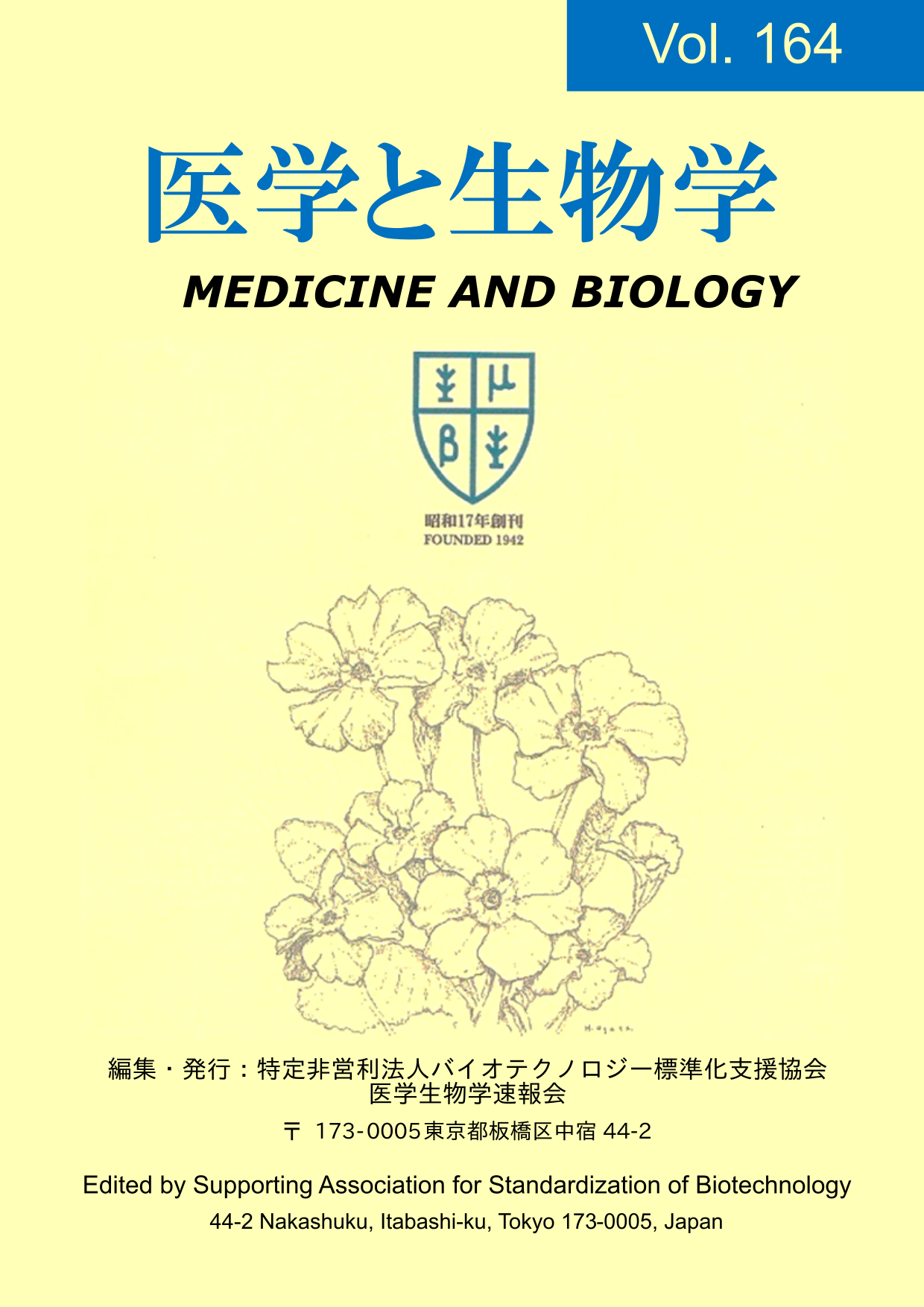Effectiveness of anxiety assessment using measurements of non-continuous psychological sweating in university students
Keywords:
mental sweating, measurements of non-continuous psychological sweating, assessing anxietyAbstract
Patients who undergo highly invasive examinations feel anxious. Nursing care for anxious patients is considered important, and it involves observing and evaluating the patient's mental state and degree of anxiety. However, there are few research reports on the effectiveness of nursing interventions in reducing anxiety. Patients who undergo highly invasive examinations feel anxious. Nursing care for anxious patients is considered important, and it involves observing and evaluating the patient's mental state and degree of anxiety. However, there are few research reports on the effectiveness of nursing interventions in reducing anxiety.
This study aims to clarify whether measuring the amount of discontinuous sweating is effective in assessing anxiety. Among adult subjects, we conducted an anxiety assessment using questionnaires, measured the salivary amylase activity values (hereinafter referred to as sAMY) and the amount of mental sweating before and after a mental load (speech and mental calculation), and then compared and verified the measured values.
This study was conducted on a group of 11 subjects. There was no difference in the state of anxiety before the implementation of mental load in 11 subjects. The changes in the mean of all subject measurements of the sAMY and sweating values also indicated a positive correlation. Although there was a positive correlation between changes in measurements for each subject, some subjects showed little change in sweating volume and others showed no correlation between changes in sAMY and sweating volume. The correlation between the mental sweating volume and sAMY, which has a proven accuracy, indicates the effectiveness of mental sweating volume measurement in assessing anxiety, suggesting its possible use as a means of assessing anxiety among patients who undergo cardiac catheterization.


